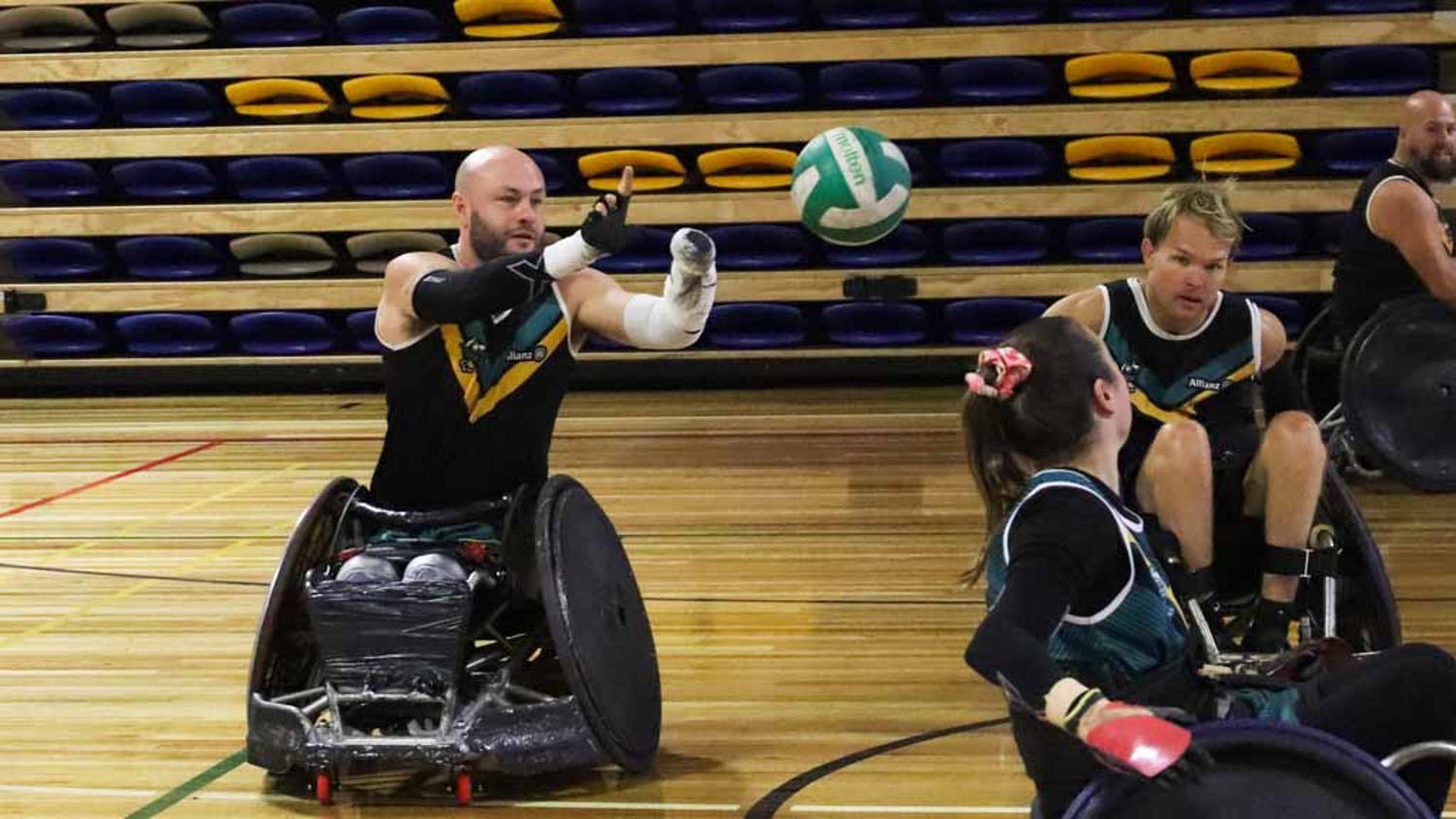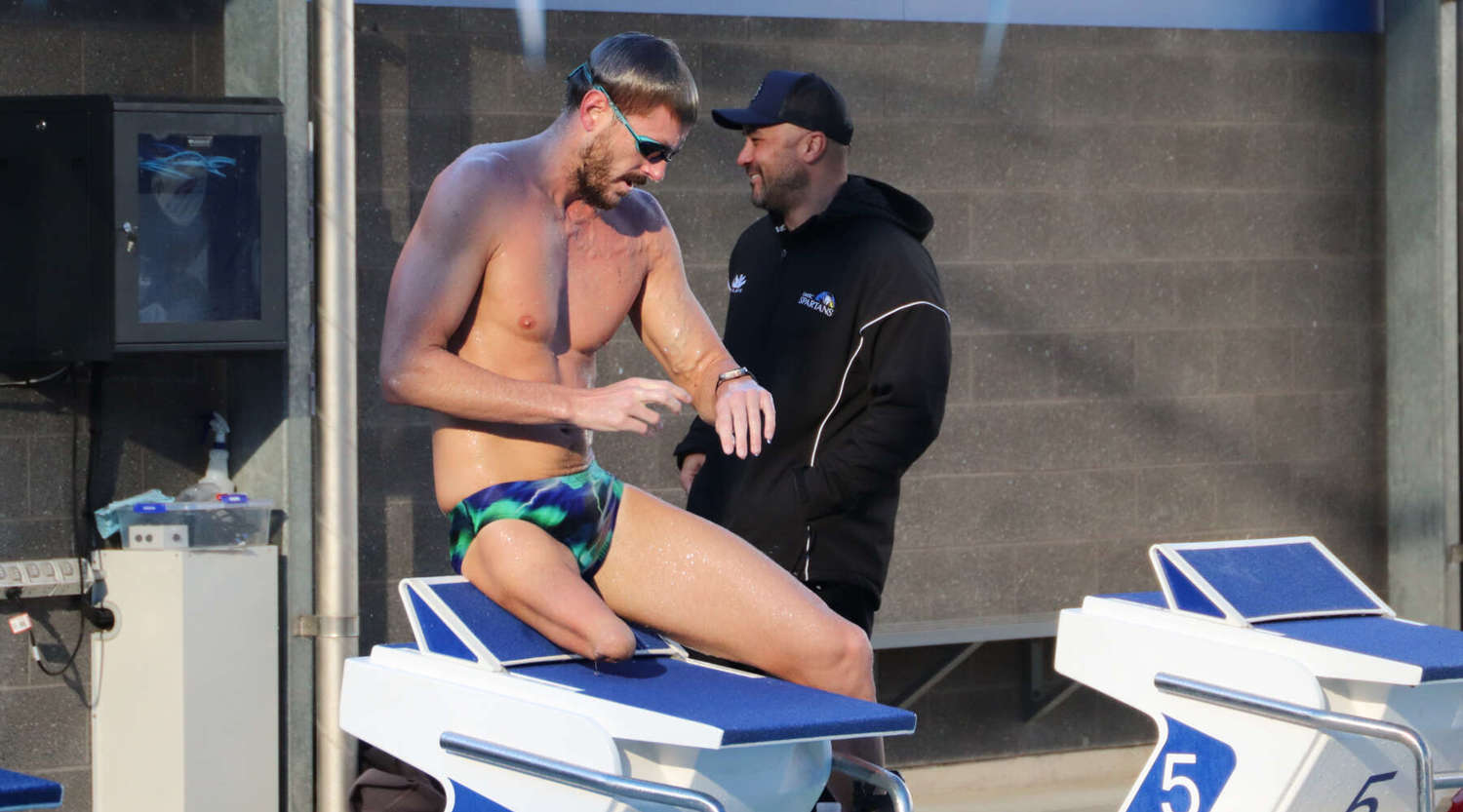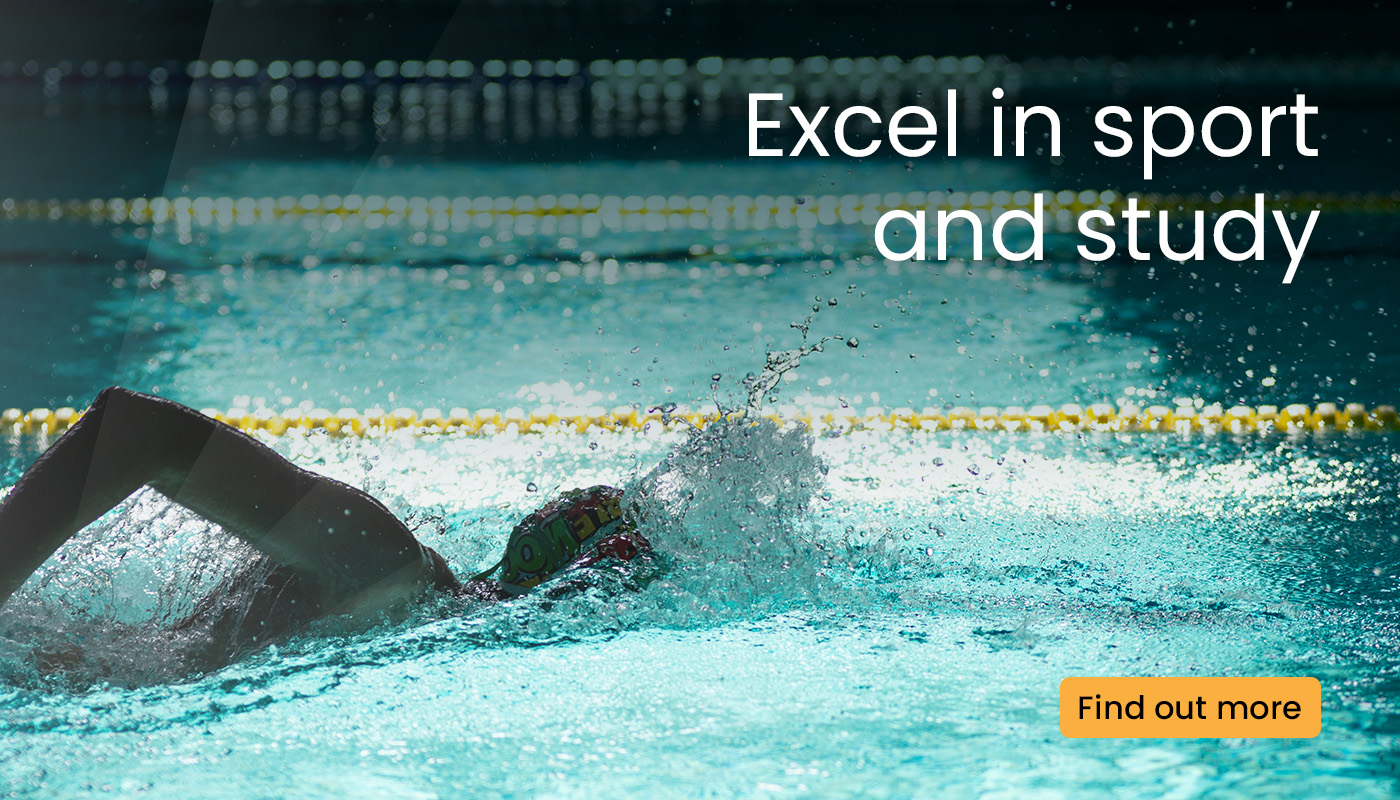Over the past few weeks, billions of eyes have been glued to the Paris Olympic Games.
While we watched these amazing sportspeople with enthusiasm, a cohort of roughly 170 elite Australian athletes were completing their final preparations.
This group of athletes has faced a vastly different path to the pinnacle of their competition. They are the Paralympians who will compete in 22 sports at the Paris Paralympic Games.
The Australian squad is likely to compete in at least 16 of those sports and many athletes have overcome significant obstacles to reach Paris.
Money matters
High-performance funding helps our athletes reach their potential and qualify for the Olympic and Paralympic games.
These funds come via the Australian Sports Commission’s dAIS athlete grant scheme, which this year rose by A$17.6 million to address cost of living pressures for athletes.
The distribution of funds is typically determined by Australia’s previous medal successes (for Olympians and Paralympians), so some para sports such as blind football, goalball and para-powerlifting currently don’t receive any high-performance funding in Australia.
Potentially, this means sports like para-powerlifting (in which Australian athletes have claimed only five silver and one bronze medal since 1984) have less capacity to build medal-winning athletes, creating a continuing negative feedback loop.
Ironically, there are 20 gold medals up for grabs in this sport (ten for males and females, respectively) in Paris, considerably more than the number available in other sports for a single classification.
The federal government has committed A$489 million during the next two years to high-performance athlete development.
However, Paralympic athletes will receive only a small portion of this – with $54.9 million in additional funding allocated to our Paralympic athletes in preparation for the Los Angeles 2028 and Brisbane 2032 games.
This funding is slated for better classification opportunities, improving training environments, specialised coaching and performance support.
But it is not yet clear whether this funding will help to support the additional costs of the specialist equipment such as wheelchairs and high-performance prosthetics that are required by many para-athletes.
Equipment costs are significant.
An entry level, an aluminium racing wheelchair costs $8,500, while a carbon fibre racing wheelchair costs around $18,000.
At more than twice the cost, the performance benefits are significant.
A carbon wheelchair is approximately 4-6% faster than an aluminium or carbon-aluminium racing wheelchair over marathon distance, equating to an advantage of roughly 4-6 minutes.
Similarly, running blade prostheses can cost anywhere from $13,000 (per leg) to more than $50,000.
Like wheelchairs, they need to be refitted or remade as an athlete’s body changes.
The costs of re-fitting, updating and maintaining prostheses can be prohibitive for some athletes.
Australian para triathlete Brant Garvey reports he spends $20,000 per year for maintenance and updates on each of his cycling and running prosthetics.
Accessibility and legacy at the Paralympics
The Paralympic Games were first held in Rome in 1960. From the Mexico City games in 1968 until LA in 1984, they were held in different locations.
Too often, the Paralympics are viewed as a “side show to the Olympics”.
In fact, at the 1996 Atlanta Paralympics, the level of accessibility at the venues left a lot to be desired.
Fortunately, the Sydney 2000 Olympics and Paralympics set the standard for future games by delivering a legacy of accessible infrastructure and improved disability awareness.
The Beijing Paralympics (2008) followed the example of Sydney and invested more than $204 million to make roads, buildings and facilities more accessible.
The London 2012 games transformed attitudes toward people with disabilities. This in turn drove greater employment outcomes, resulting in more than one million people with disabilities gaining employment.
Kate Grey, British Paralympic swimmer and TV broadcaster said:
They really changed the way people covered and spoke about disability. They just made disability feel part of a community rather than isolated from a community.
Unequal opportunities
Australian Olympic athletes were eligible for a $20,000 award for a gold medal performance at the Paris games through the Australian Olympic Committee (AOC) Medal Incentive Funding ($15,000 for silver and $10,000 for bronze).
However, before the Tokyo 2020 games, Paralympians did not receive the same financial incentives and support when achieving success.
In more encouraging news, the Australian Government recently announced Australia’s Paralympians will receive up to $20,000 for bringing home a medal in Paris. This funding is in addition to the $54.9 million announced in the federal budget and means Australian Paralympic athletes will receive the same reward for medal-winning performances as their Olympic counterparts.
Some swimmers and rowers are also fortunate to be supported by the Patron’s Medal Achievement Fund supported by Gina Rinehart.
Australian Paralympian and gold medallist from Tokyo 2020 Rowan Crothers has been outspoken in the need for greater support of para athletes.
In particular, Crothers has stated that while children with a disability are often told they can achieve anything they put their mind to, the reality is they’re often not given the opportunities to do so.
It takes a team to succeed
The success of our Paralympic athletes is also intertwined with the fate of high-performance staff working in state and national institutes of sport or within sporting bodies (such as Swimming Australia or Athletics Australia).
These staff typically work with fixed-term contracts averaging 2.4 years, splitting their time (unequally) between para athletes and their Olympic counterparts, resulting in a lack of job certainty, high turnover of staff and a lack of consistency for athletes.
With eight years until Brisbane’s 2032 Olympic and Paralympic Games, there is a window of opportunity to invest in high-performance professionals to ensure the longevity of the current and future workforce through increased funding and job security.
Funding allocation should also support coaches and support staff to improve their understanding of disabilities within a high-performance context.
Should such investments be made (in addition to those announced by the federal government in June) Australian athletes in sports like para-powerlifting, goal ball, wheelchair fencing and blind football may just find themselves not only competing at Brisbane 2032, but standing atop the dais adding more gold to the medal count for our nation.![]()
Dan van den Hoek, Senior Lecturer, Clinical Exercise Physiology, University of the Sunshine Coast; Christopher Latella, Lecturer, Master of Exercise Science (Strength and Conditioning), Edith Cowan University, and Mark Sayers, Director, High Performance Sport, and Associate Professor in Sports Biomechanics, University of the Sunshine Coast
This article is republished from The Conversation under a Creative Commons license. Read the original article.
Media enquiries: Please contact the Media Team media@usc.edu.au






